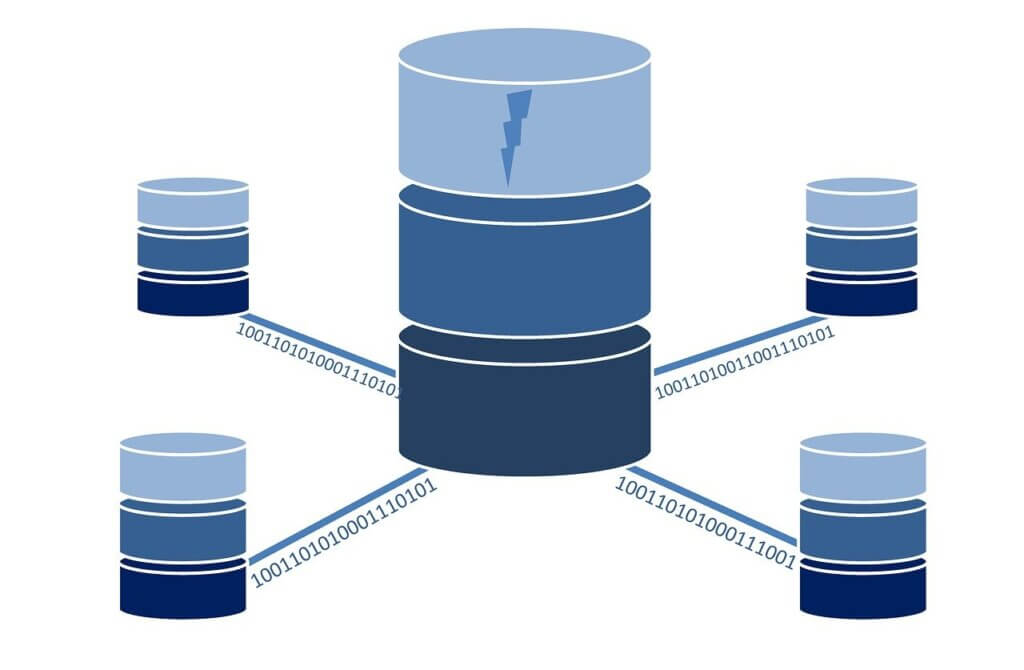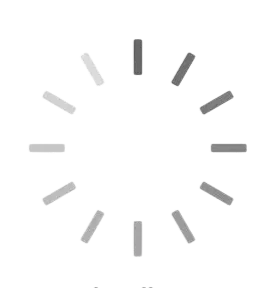In today’s competitive marketplace, businesses continually seek ways to enhance the value of their products to attract customers and gain a competitive edge. This entails not only improving the quality and functionality of products but also optimizing their cost-effectiveness. Two methodologies that play a pivotal role in achieving this goal are Value Analysis (VA) and Value Engineering (VE).
Table of Contents
ToggleIntroduction to Product Value Enhancement
What is product value?
Product value refers to the perceived worth or benefit that a customer receives from a product in relation to its cost. It encompasses various factors such as quality, performance, features, and price.
Importance of enhancing product value
Enhancing product value is crucial for businesses to meet customer expectations, differentiate themselves from competitors, and maximize profitability. It involves identifying areas for improvement and implementing strategies to increase the overall value proposition of a product.
Understanding Value Analysis
Definition and concept
Value Analysis is a systematic approach used to evaluate the function of a product or service and identify opportunities for cost reduction without sacrificing quality or performance. It focuses on optimizing the value delivered to customers by eliminating unnecessary expenses and enhancing essential features.
Benefits of value analysis
- Cost savings through efficient resource utilization.
- Improved product quality and performance.
- Enhanced customer satisfaction and loyalty.
- Competitive advantage in the marketplace.
Exploring Value Engineering
Definition and purpose
Value Engineering is a proactive methodology aimed at improving the value of products or processes by systematically analyzing their functions and identifying alternative solutions that achieve the desired objectives at lower costs. It involves creative problem-solving and innovation to optimize value without compromising quality.
Value engineering vs. value analysis
While value analysis primarily focuses on cost reduction and efficiency improvements, value engineering takes a broader approach, encompassing innovation and design optimization to enhance overall value.
Key Steps in Value Analysis and Engineering
Identification of product features
The first step in value analysis and engineering is to identify the key features and functions of the product or process under evaluation. This involves understanding customer requirements and determining the critical aspects that drive value.
Evaluation of costs and benefits
Once the key features are identified, the next step is to evaluate the costs associated with each function and assess their contribution to the overall value proposition. This involves analyzing both tangible costs (e.g., materials, labor) and intangible factors (e.g., customer satisfaction, brand reputation).
Implementation of improvements
Based on the findings of the analysis, appropriate improvements and optimizations are implemented to enhance the value of the product or process. This may involve redesigning components, streamlining processes, or sourcing alternative materials to achieve cost savings and performance improvements.
Methods and Techniques
Cost-benefit analysis
Cost-benefit analysis is a fundamental tool used in value analysis and engineering to quantify the financial impact of proposed changes and determine their feasibility. It involves comparing the costs of implementing a change with the expected benefits to assess its potential return on investment.
Functional analysis
Functional analysis involves breaking down the product or process into its basic functions and evaluating each function’s contribution to the overall value. This helps identify opportunities for improvement and innovation by focusing on essential functions and eliminating non-value-added activities.
Benchmarking
Benchmarking involves comparing the performance of a product or process against industry standards or best practices to identify areas for improvement. By studying how leading companies achieve superior value, organizations can gain insights into potential opportunities for optimization.
Case Studies
Real-world examples of successful value enhancement projects
- Case study 1: Automotive industry – Cost reduction and performance improvement through value engineering.
- Case study 2: Consumer electronics – Enhancing product features and functionality while reducing manufacturing costs.
- Case study 3: Healthcare sector – Streamlining processes and improving patient outcomes through value analysis.
Challenges and Solutions
Common obstacles in value enhancement
- Resistance to change from stakeholders.
- Lack of awareness or expertise in value analysis and engineering methodologies.
- Budget constraints and resource limitations.
Strategies to overcome challenges
- Educating stakeholders about the benefits of value enhancement.
- Providing training and resources to empower teams to implement value-driven initiatives.
- Prioritizing projects based on potential impact and aligning them with organizational goals.
Future Trends in Product Value Enhancement
Emerging technologies and methodologies
- Integration of artificial intelligence and machine learning to automate value analysis processes.
- Adoption of advanced materials and manufacturing techniques to enhance product performance and sustainability.
- Emphasis on customer-centric design principles to tailor products to individual preferences and needs.
Predictions for the future of value analysis and engineering
- Increased emphasis on value-driven innovation as organizations strive to differentiate themselves in competitive markets.
- Collaboration between cross-functional teams to leverage diverse perspectives and expertise in value enhancement initiatives.
- Expansion of value analysis and engineering beyond traditional industries to new sectors such as healthcare, education, and sustainability.
Conclusion
In conclusion, enhancing product value through value analysis and engineering is essential for businesses to remain competitive and meet evolving customer demands. By systematically evaluating product functions, optimizing costs, and implementing innovative solutions, organizations can maximize value while maintaining quality and performance. As technology continues to advance and consumer preferences evolve, the importance of value-driven approaches will only grow, making it imperative for companies to prioritize value enhancement strategies in their business operations.
Unique FAQs
What is the difference between value analysis and value engineering?
- Value analysis focuses on identifying opportunities for cost reduction and efficiency improvement, while value engineering takes a broader approach, emphasizing innovation and design optimization to enhance overall value.
How can organizations overcome resistance to value enhancement initiatives?
- Organizations can overcome resistance by educating stakeholders about the benefits of value enhancement, providing training and resources to empower teams, and aligning projects with organizational goals to demonstrate their value.
What role does benchmarking play in value enhancement?
- Benchmarking allows organizations to compare their performance against industry standards and best practices, helping identify areas for improvement and optimization to enhance value.
What are some emerging trends in product value enhancement?
- Emerging trends include the integration of artificial intelligence and machine learning, adoption of advanced materials and manufacturing techniques, and emphasis on customer-centric design principles.
How can companies ensure the sustainability of value enhancement efforts?
- Companies can ensure sustainability by incorporating environmental considerations into value analysis and engineering processes, optimizing resource utilization, and prioritizing long-term value creation over short-term gains.
Do you like to read more Blog content? Read our blogs at PintoraBlogs







